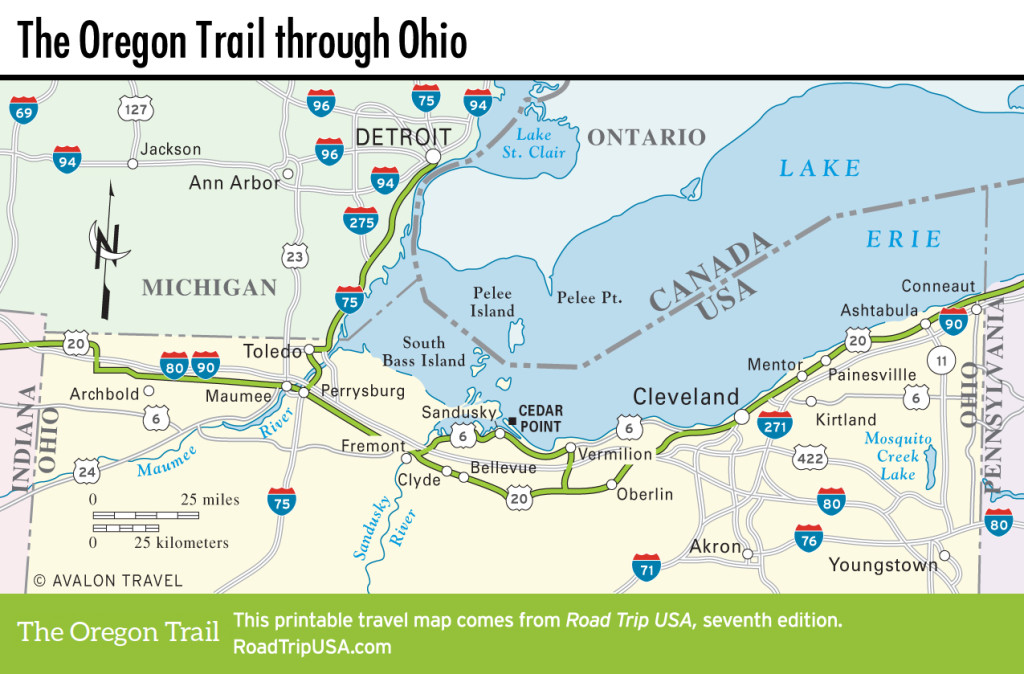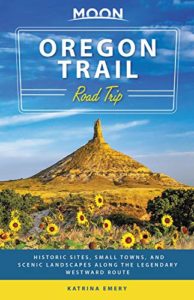Kirtland and Mentor
The rolling farmlands of northeastern Ohio around Kirtland (pop. 6,827) were, from 1831 to 1837, the center of the Mormon religion. Joseph Smith Jr., along with 1,000 of his followers, settled here and built a large temple—the first Mormon temple anywhere—and developed industries and a bank (known as the “Kirtland anti-BANK-ing Company”). The bank failed in 1838 and Smith fled, first to Liberty, Missouri, and later to Nauvoo, Illinois. He surrendered to the governor in 1844 and was killed by a mob in Carthage, Illinois.
The Kirtland Temple (9020 Chillicothe Rd., 440/256-1830, guided tours daily May-Oct., less frequently Feb.-Apr. and Nov.-Dec., $10), just south of I-90, is surrounded by pleasant gardens and open to the public on guided tours. The stately Greek Revival structure has a gleaming white interior built in part by Brigham Young, with elaborately crafted woodwork pulpits (one at each end) and an upstairs classroom with more of the unusual double pulpits. The temple and most of the town have been preserved under the auspices of the Reorganized Church of Jesus Christ of Latter-day Saints, now called Community of Christ, which was set up in 1852 by Joseph Smith Jr.’s oldest son and the Mormons who didn’t go west to Salt Lake City with Brigham Young.
North of I-90 along US-20, a half mile from the center of Mentor, a large white Gothic-style house is preserved much as it was when James Garfield lived here before assuming the presidency in 1881. Garfield served for only a few months before being assassinated, but Garfield’s home (440/255-8722, daily 10am-5pm May-Oct., Fri.-Sun. Nov.-Apr., $710) is now preserved as a national historic site.
Eight miles to the northeast in Painesville, the Rider’s Inn (792 Mentor Ave., 440/354-8200, $100 and up) is another historic landmark, built in 1812 along the stagecoach route between Buffalo and Cleveland. It still offers good food and a warm bed to passing travelers.
Related Travel Guides
Ohio Travel Map

















